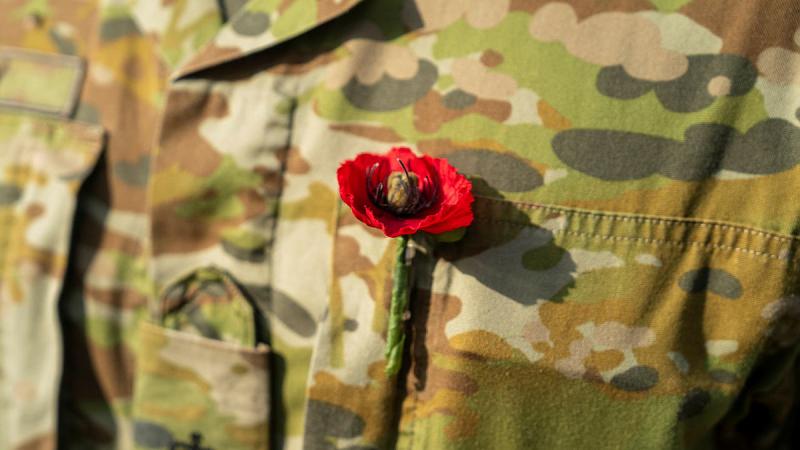RAAF personnel and aircraft were deployed to RAAF Base Townsville to conduct the final phase of Exercise High Sierra at the end of November.
The final phase of the F-35A Lightning II operational conversion course aims to graduate the newest generation of fast-jet pilots for Air Force’s 81 Wing.
The exercise also supported the E-7A Wedgetail operational conversion course for co-pilots, surveillance and control officers, and electronic support measures operators.
Commanding Officer 2 Operational Conversion Unit (2OCU) Wing Commander Philip Eldridge said there were critical benefits for training by deploying to RAAF Base Townsville for the exercise.
“Deploying away from our home base – RAAF Base Williamtown in NSW – allows pilots to train in an unfamiliar environment, practise large-force employment with other Air Force squadrons and practise delivery of high-explosive ordnance into an air weapons range,” Wing Commander Eldridge said.
“This allows the pilots to practise the skills used in real conflicts, developing the ability to defend Australia and its national interests.”
The aircraft operated for the duration of the exercise from RAAF Base Townsville.
“We are very grateful for the ongoing support that Air Force receives from the people of Townsville and the wider region,” Wing Commander Eldridge said.
During this exercise, the pilots and crews needed to successfully operate away from their main operating base, plan and execute a large-force employment scenario and deliver explosive ordnance into the weapons range.
As would be expected, given that the F-35A Lightning II is the cutting edge of fast-jet development, the training is extremely rigorous and critically demanding.
The graduates had to prove that they had the ‘right stuff’.
2OCU instructor Flight Lieutenant Ross Bowman said pilots were put in scenarios where they had to rapidly switch between different mission sets and execute to a high standard, but also achieve this safely.
“Such missions will involve taking off and conducting air-to-air refuelling, fighting their way down the airspace, neutralising the enemy aircraft while also avoiding or killing surface-to-air threats,” Flight Lieutenant Bowman said.
“Good prioritisation and multitasking is a huge attribute you need to be an effective pilot in the F-35A Lightning II aircraft.”
Supporting the exercise were other RAAF aircraft platforms including the E-7A Wedgetail from 2 Squadron and the 33 Squadron KC-30A Multi-Role Tanker Transports, as well as Qinetiq Air Affairs Lear jets in an adversary role.
Flight Commander 2 Squadron, Squadron Leader Tim Growden, said the exercise was an excellent opportunity to expose junior aircrew, ground and support personnel to deployed operations, as well as meeting operational conversion requirements and positional upgrades.
All participating aircraft and personnel were supported by 27 Squadron, RAAF Base Townsville, making the exercise a multi-force element group activity.







